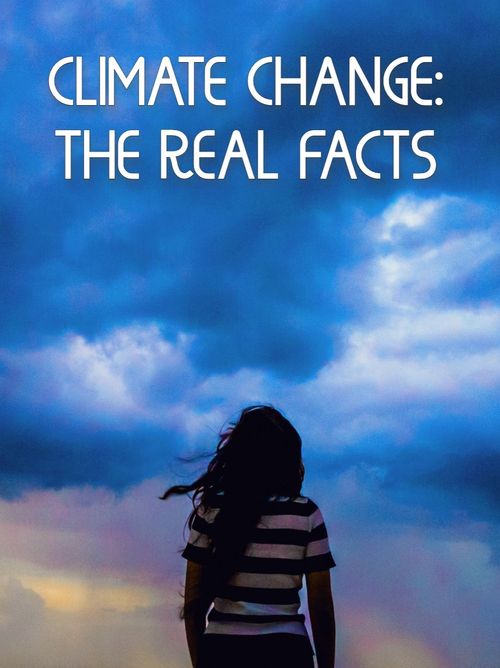A primer on climate change: The Uninhabitable Earth in 5 minutes
Nov 24, 2021 · 4 mins read
0
Share

How we got here
The best way to get people to care more about the environment is through information – and the facts shared in David Wallace-Wells’s The Uninhabitable Earth paint a picture that would alarm anyone.
Save
Share
In 2017, Wallace-Wells wrote a cover story on climate change for New York magazine that went viral. Two years later, he turned it into a bestselling book backed by interviews with experts and studies by leading scientists. It reveals a “kaleidoscope” of threats already in motion.
Save
Share
Wallace-Wells doesn’t identify as an environmentalist. He’d always accepted the idea of a trade-off between nature and economic growth. But gradually he realized he’d been too complacent about the biggest challenge humanity has ever faced.
Save
Share
When it comes to why so many people remain in the dark about the dangers of global warming, Wallace-Wells points to a spectrum of ignorance that spans from knowing selfishness to total naivety. The reality, however, is about to completely reshape how we think about nature.
Save
Share
The rise of the Anthropocene – or age of humans – combined with industrial civilization has brought about a new epoch of annihilation. It marks the first time that one species has threatened the future of virtually every other life form.
Save
Share
The more carbon we have in the atmosphere, the hotter the planet will get. It’s now hotter than any point in humanity’s history. This has created a destabilizing ‘hothouse’ effect that’s destroying wildlife and threatening to plunge us into an era of mass extinction.
Save
Share
Earth has already experienced five mass extinctions. Each one effectively acted as an evolutionary reset. The age of dinosaurs ended when a six-mile asteroid crashed into the planet. The other four extinctions were triggered by the release of greenhouse gasses.
Save
Share
In 2018, an unprecedented heatwave in Japan led to over 1,000 deaths and 70,000 hospitalizations. Then came California’s deadliest wildfires… and a super-charged hurricane that wiped out a Hawaiian island. But these disasters could be just a preview of what’s to come...
Save
Share
At the Paris climate conference in 2015, 195 countries adopted the first legally binding agreement on climate change. Its aim was to reduce emissions and limit a global rise in temperature to below two degrees Celsius this century.
Save
Share
Since then, intentions to halt global warming have fallen by the wayside. The worst-case scenario predicted under the pact now appears to be the best outcome possible by 2030. The planet is now burning 80% more coal than in the year 2000.
Save
Share
0